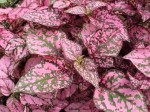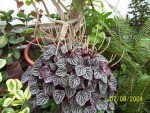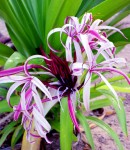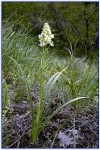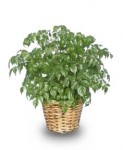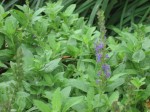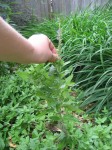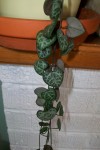Ask the Expert: Hi. I live in Florida and one of would you please answer my question?
Hi. I live in Florida and one of my students gave me this pretty plant with green leaves and pink spots. I would like to know how to take good care of it. Thank you so much. Isabel
Plant Care Expert:
I believe your plant is a Polka Dot Plant (Hypoetes phyllostachys). Does your plant look similar to the picture shown?
If so the plant is relatively easy to take care of, just follow a few easy care instructions and your plant should thrive.
First keep the plant moist. Make sure it is in a container that can drain off excess water. Mist around the plant every other day or keep in a humid environment.
Second, give it plenty of light but no direct sun. In thie summer time you can set it outside under shade. This plant likes warm temperatures and during the growing season it likes to be fed every two weeks. During the winter feed it once a month.
To keep the plant shapely, trim leggy growth.
Although hypoetes is used as a garden plant, it makes a wonderful houseplant.
Good lucky with your plant and keep me posted.


 Find Your
Find Your 